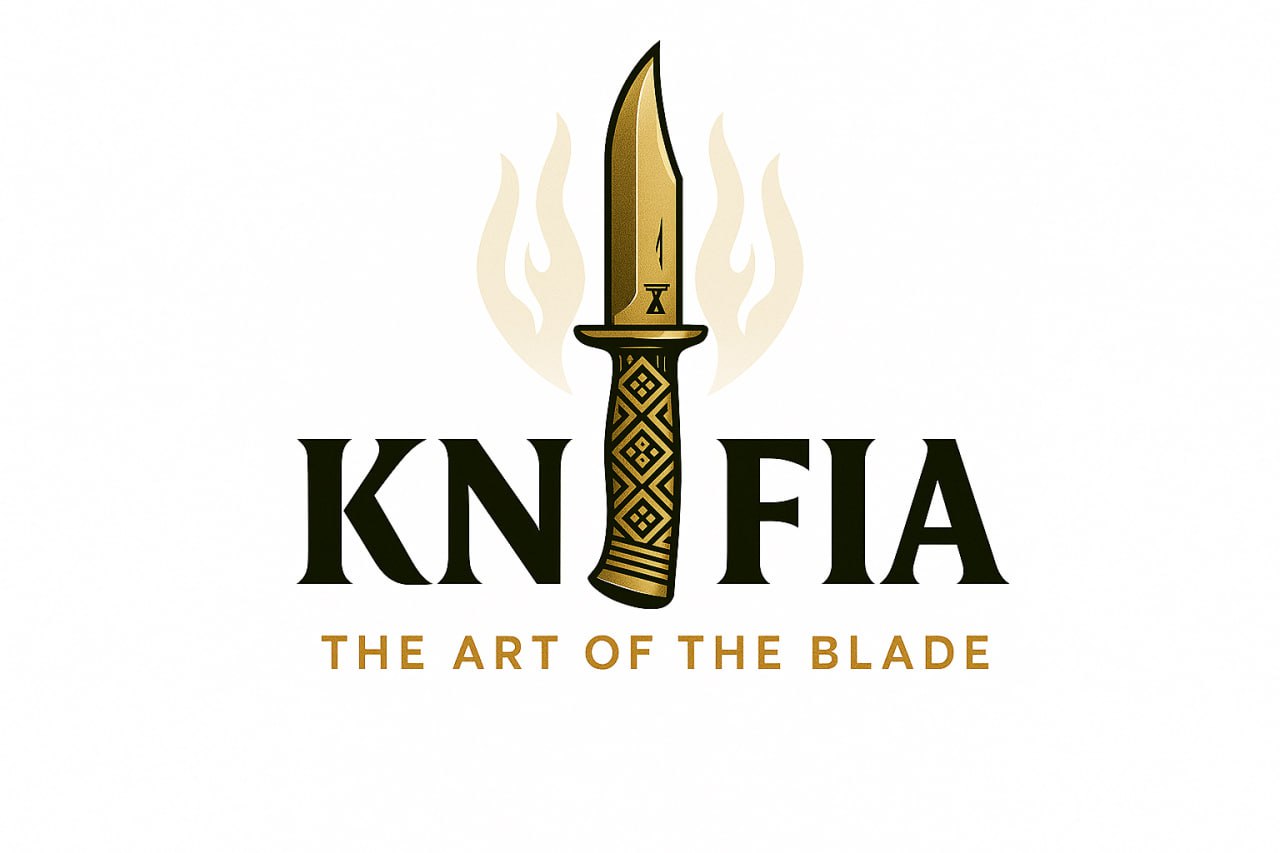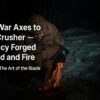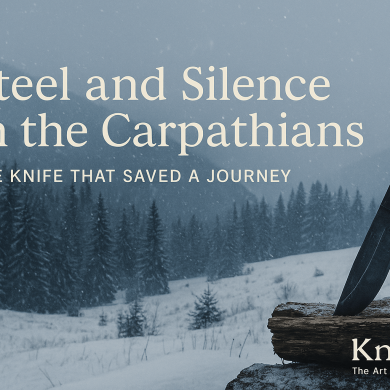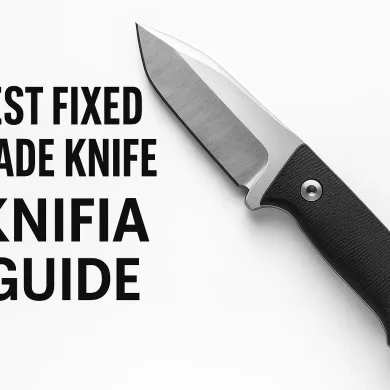No products in the cart.
By Knifia – The Art of the Blade
I didn’t plan to learn anything that night. I aimed to put distance—miles — between me and the weather, hours before dark. The Carpathians don’t bargain, and the map doesn’t forgive. By dusk, the wind had a voice, and by full dark, it had teeth. My pack straps squeaked, my breath steamed in the cold, and the rain shifted from patient to personal. That’s when the lesson began – the kind that teaches you how to choose a fixed blade knife not by reading reviews, but by surviving what the mountains throw at you.
When the tarp snapped loose and the shelter gave way, I knew two things: I’d trusted the forecast, and I’d believed in comfort. The forest didn’t care. It asked one question: What do you have that will last? I reached for the only thing I trusted: my handmade fixed blade knife. Full tang. Honest steel. No gimmicks.
If you ever want to learn how to choose a fixed blade knife, don’t start in a store. Start in a storm.
The Steel That Answers
The first log split open like it remembered who was in charge. I’d batoned through wet spruce until I hit dry heartwood, sparks soon dancing like fireflies. Every strike tested what I’d carried – 65HRC hardness, maybe 60, the sweet middle ground between unbending and unbreaking. That’s the secret they don’t tell you in catalog copy: a knife that’s too hard snaps; one that’s too soft folds.
Steel is the soul of the blade. Tool steels—K110, D2, 1095—carry toughness and bite, but they’ll rust if you forget to dry them. Stainless steels like N690 or 14C28N give forgiveness when the rain refuses to stop. The new kings—powder metallurgy steels like MagnaCut, Elmax, or CPM-3V—walk the line between both worlds: tough as winter bark, sharp as guilt.
That’s the thing about how to choose a fixed blade knife—it’s less about numbers and more about honesty. You don’t need a supersteel to survive. You need one that won’t give up when you lean too hard.

Shape, Balance, and the Hand’s Memory
The fire caught. Orange light licked the spine of the knife, and I studied it like a map. Four and a half inches of cutting edge—enough reach for carving and batoning, short enough for control. Spine thickness: about 0.16 inches, maybe 4 mm. That’s the range that stays alive: thick enough for abuse, thin enough for finesse.
You can read geometry in the palm. A convex grind glides through wood; a Scandi grind bites and holds. Mine was flat-ground, a compromise—like most good things. It bit cleanly when pushed and shrugged off the knots when punished.
If you want to know how to choose a fixed blade knife, let your hand decide before your eyes do. Grip it in wet gloves. Rotate it. If the balance point falls just ahead of the guard and the tip tracks true without thought, that’s a keeper. A knife that asks you to think about your grip in the storm is already a liability.
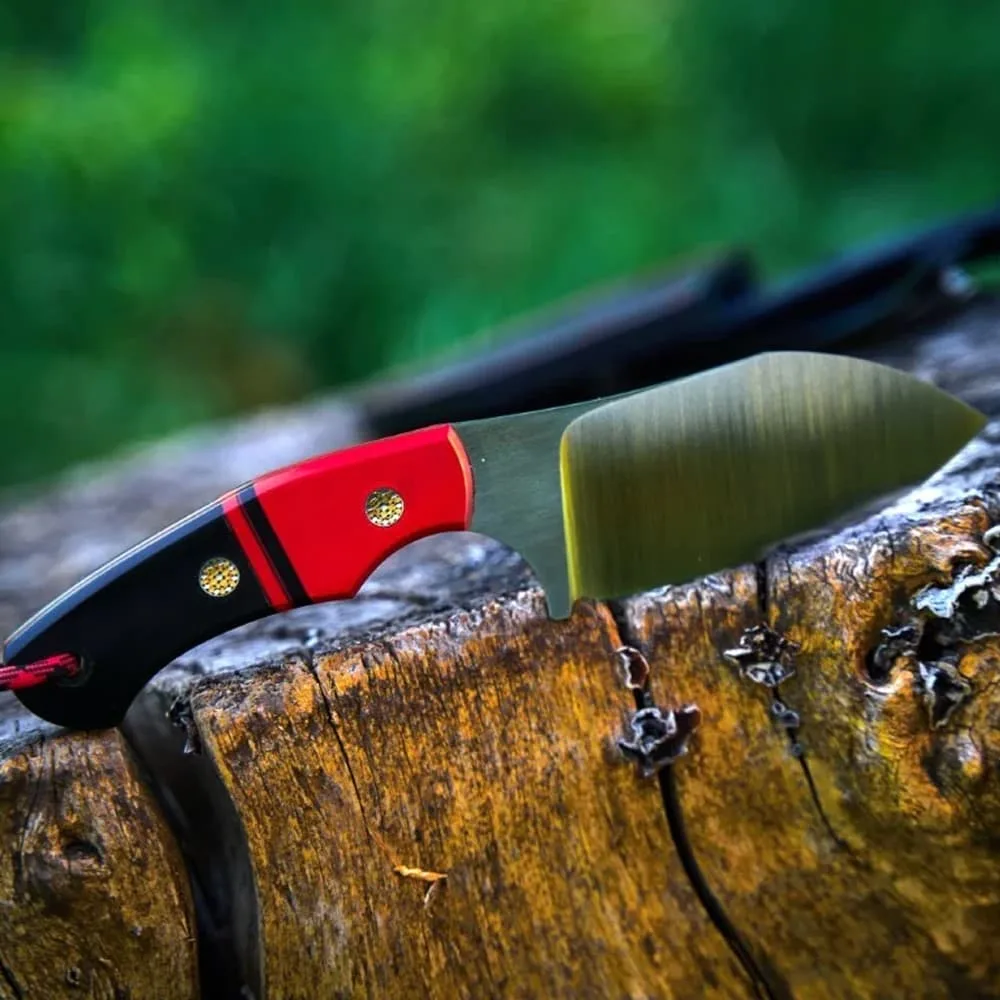
Handle, Tang, and Faith
The rain came harder. My gloves were slick with sap and sweat. Still, the Micarta handle clung to my palm like a handshake that meant it. That’s the beauty of the right materials—Micarta and G10 grip when everything else slips. Stabilized woods? Beautiful, sure, but wood remembers water. Choose it if your adventure ends near a hearth.
And don’t let anyone sell you a half-tang or skeletonized fad. A full tang is the truth—it’s steel that runs from tip to pommel like a backbone. Break that, and you break the knife. It’s the difference between survival gear and decoration.
That night, as I cut cordage and carved stakes to rebuild shelter, the blade didn’t ask for permission. It worked because it was built right. Every line, every material choice, every ounce of balance—none of it was theory. It was field-tested intent.
That’s how to choose a fixed blade knife: find the one that doesn’t care about compliments, only commands.
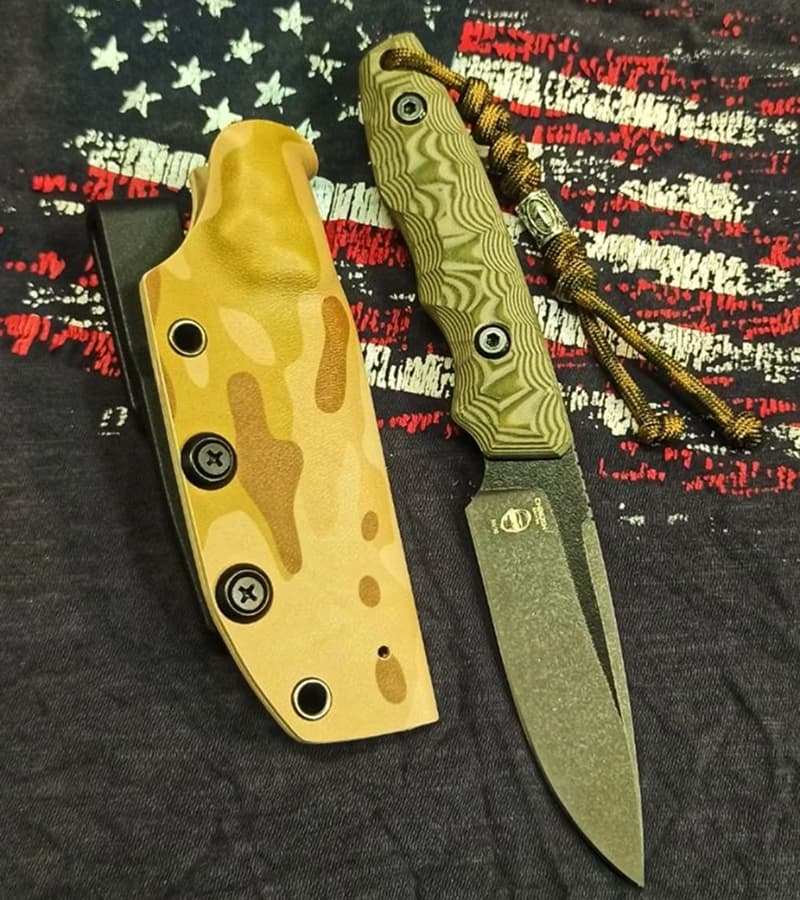
Hard Lessons in the Cold
By midnight, the fire hissed against the wind but held its ground. Steam rose from my jacket. The edge still shaved bark like it had just left the workshop. I thought about the man who made it—probably in a small forge somewhere in Ukraine, sleeves rolled, the hum of the grinder like a low prayer. Maybe he had friends on the frontlines, men who needed tools that didn’t fail when the stakes weren’t gear reviews but lives.
He knew what hardness feels like under a hammer. He knew what temper means when it’s not a metaphor. He built this one to survive.
When morning came, I wiped the blade dry, oiled it lightly, and sheathed it in Kydex—weatherproof, silent, ready. Leather would’ve looked better, but soaked worse. That’s another lesson: in beauty versus function, the mountain votes for function.
If you ever doubt how to choose a fixed blade knife, remember this—steel forgives only when it’s been heat-treated by someone who understands consequence.
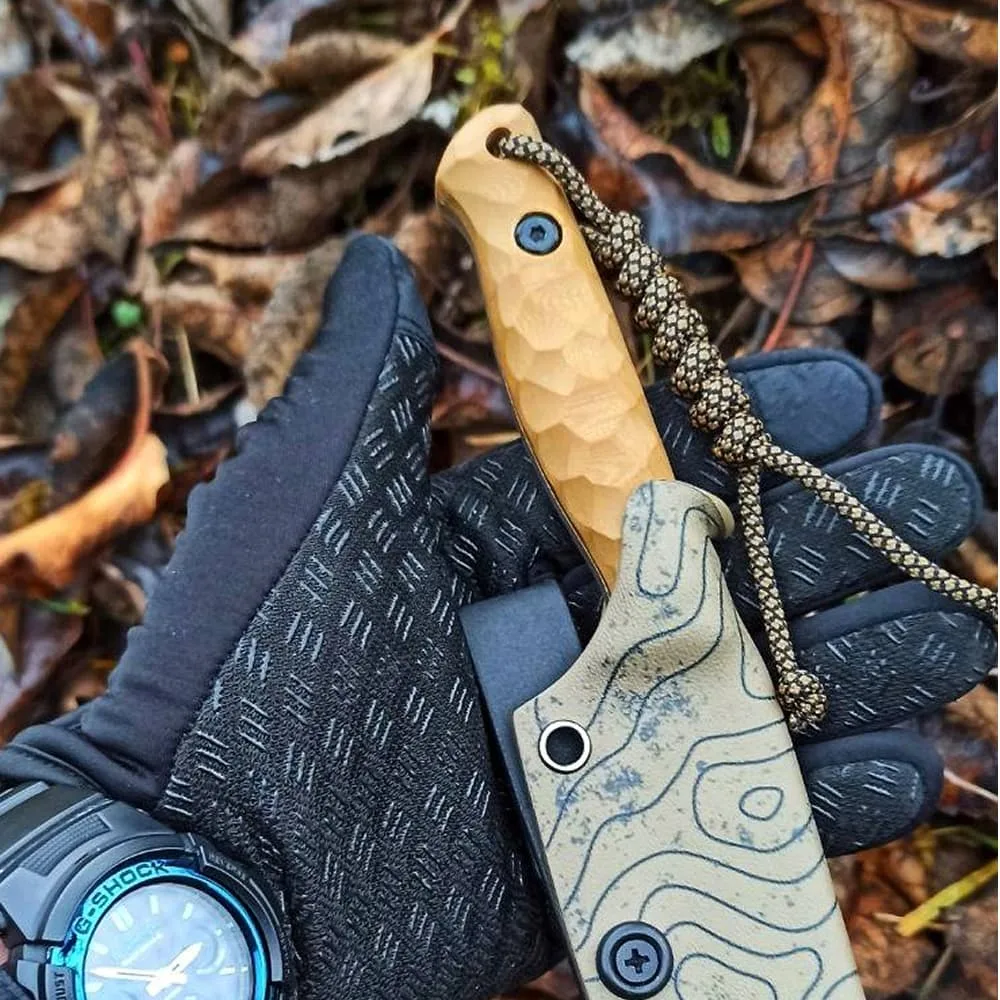
The Fire and the Facts
The next afternoon, when the ridge cleared and the sun came through, I sat sharpening on a stone. You don’t need diamond plates for a real edge; you need patience. I kept the angle steady, listening to the whisper of metal on grit. Edge retention is a conversation—steel answers based on its grain, its temper, its purpose.
If you want pure slicing? Aim for 59–60 HRC, a thin grind, and stainless steel like N690.
If you want brute force and batoning? Choose something around 57–58 HRC with a convex edge and tough spring steel like 5160 or 66Mn4.
And if you want both—beauty and endurance—Elmax or CPM-3V will carry you through wars and winters alike.
That’s not marketing. That’s metallurgy.
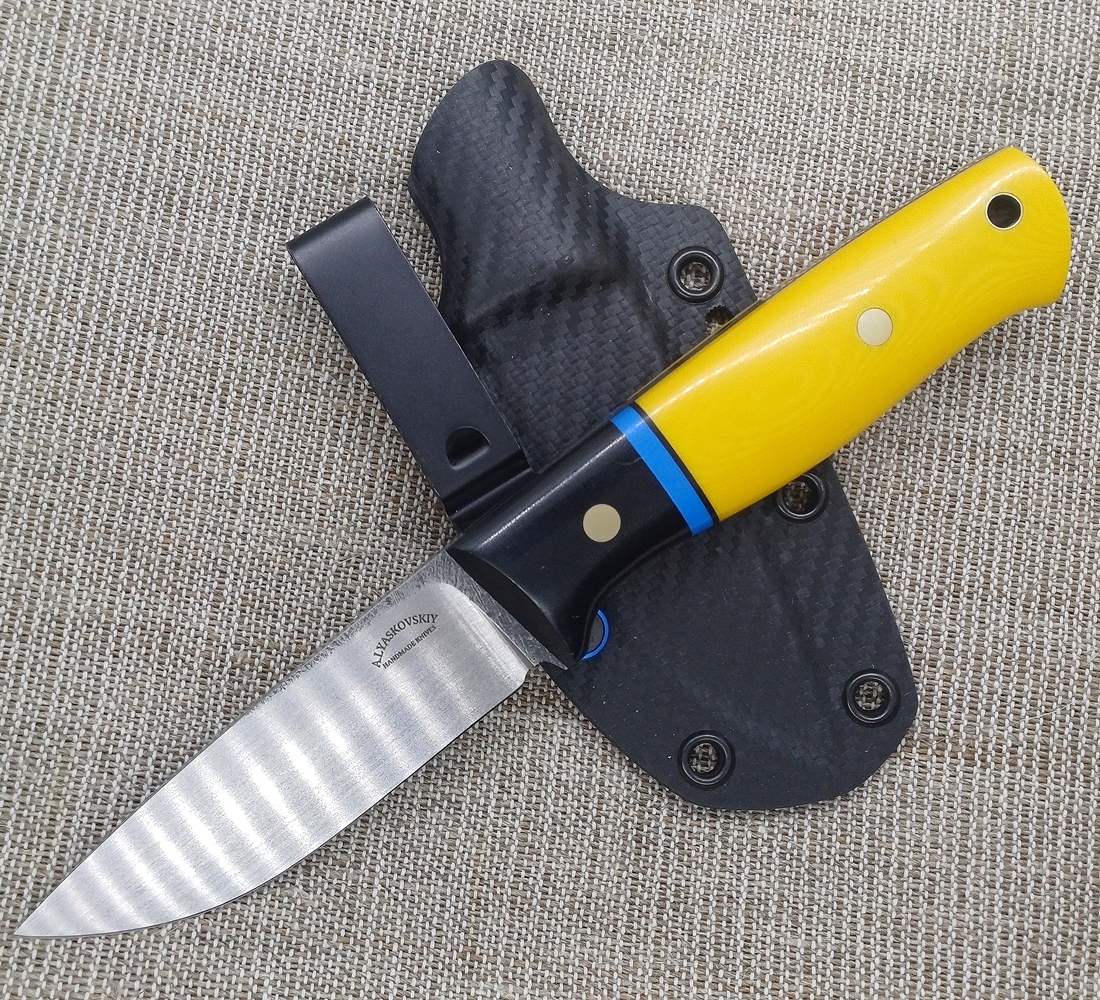
The Knife That Chooses You
Three days later, the storm had passed, and so had my doubts. I descended into the valley, the knife warm against my side. It wasn’t the prettiest blade I owned, but it was the one I trusted. The one that had earned silence, not praise.
People ask me now how I learned how to choose a fixed blade knife. I tell them the truth: I didn’t. The mountain did. The rain did. The steel did.
And if you’re standing in a warm shop right now, scrolling through pages of knives wondering which one to buy, remember this—
you’re not choosing a blade.
You’re choosing a story you’ll survive to tell.
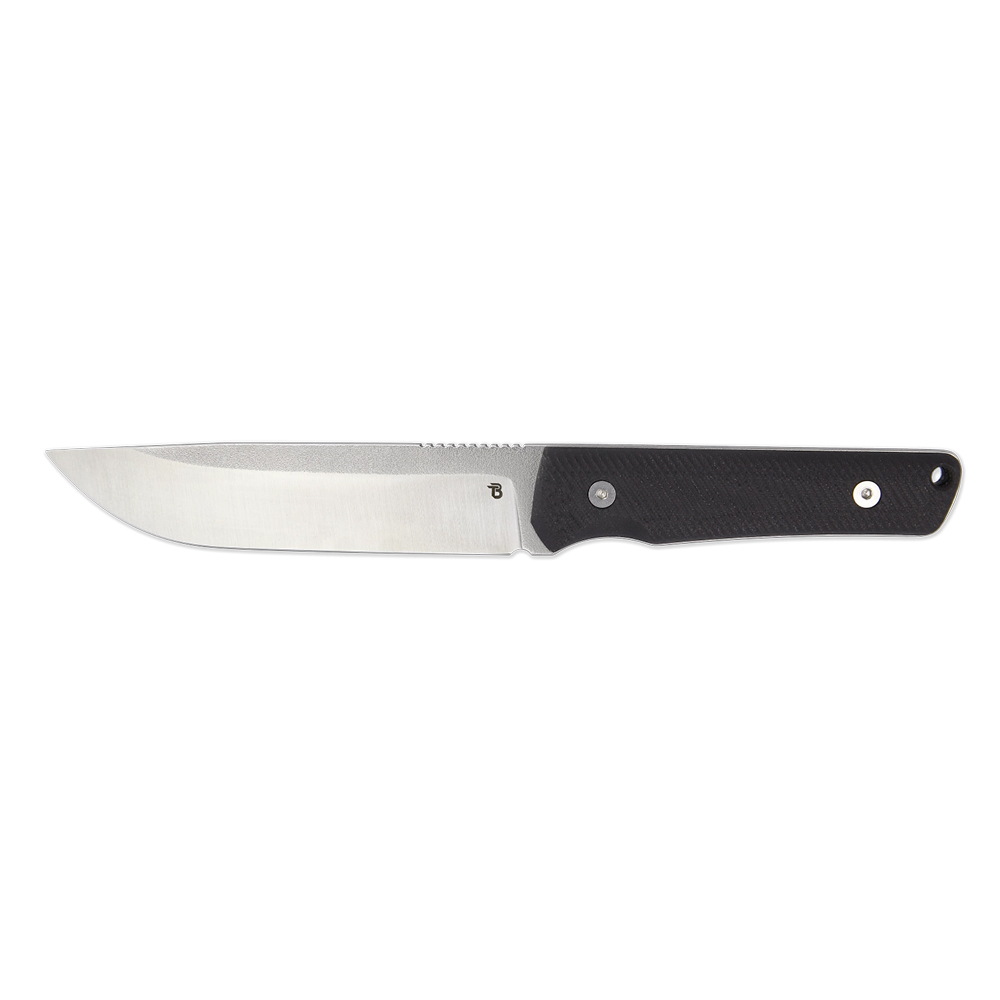
⚔️ Closing Thought
A folding knife is convenient. A handmade fixed blade knife is conviction.
Choose one that’s full tang, with honest steel, and a maker who believes in work more than words.
Because when the storm comes—and it always does—there’s no such thing as “good enough.”
There’s only steel. And you.
🔗 Explore Handmade Fixed Blade Knives → [Knifia Shop]
